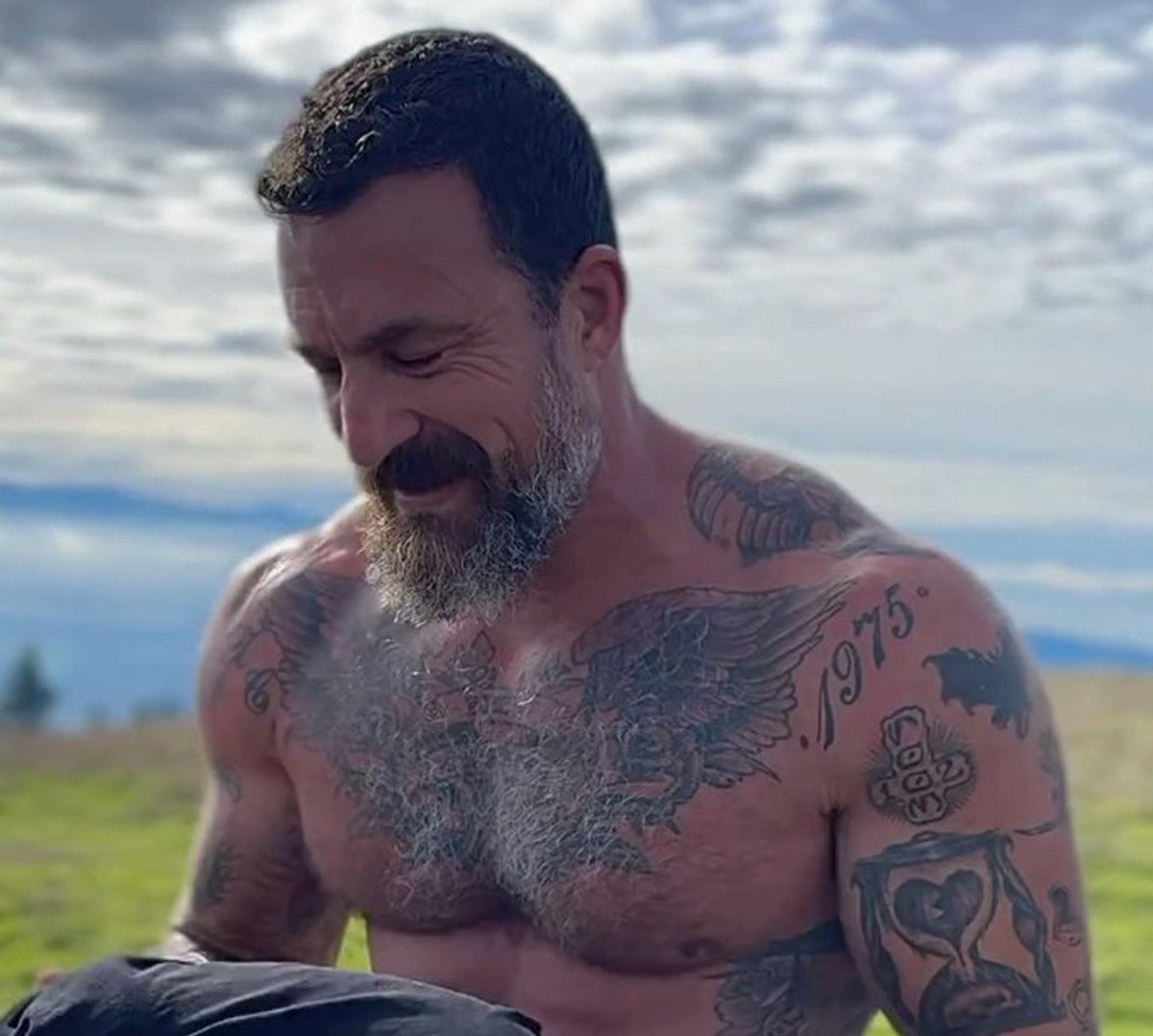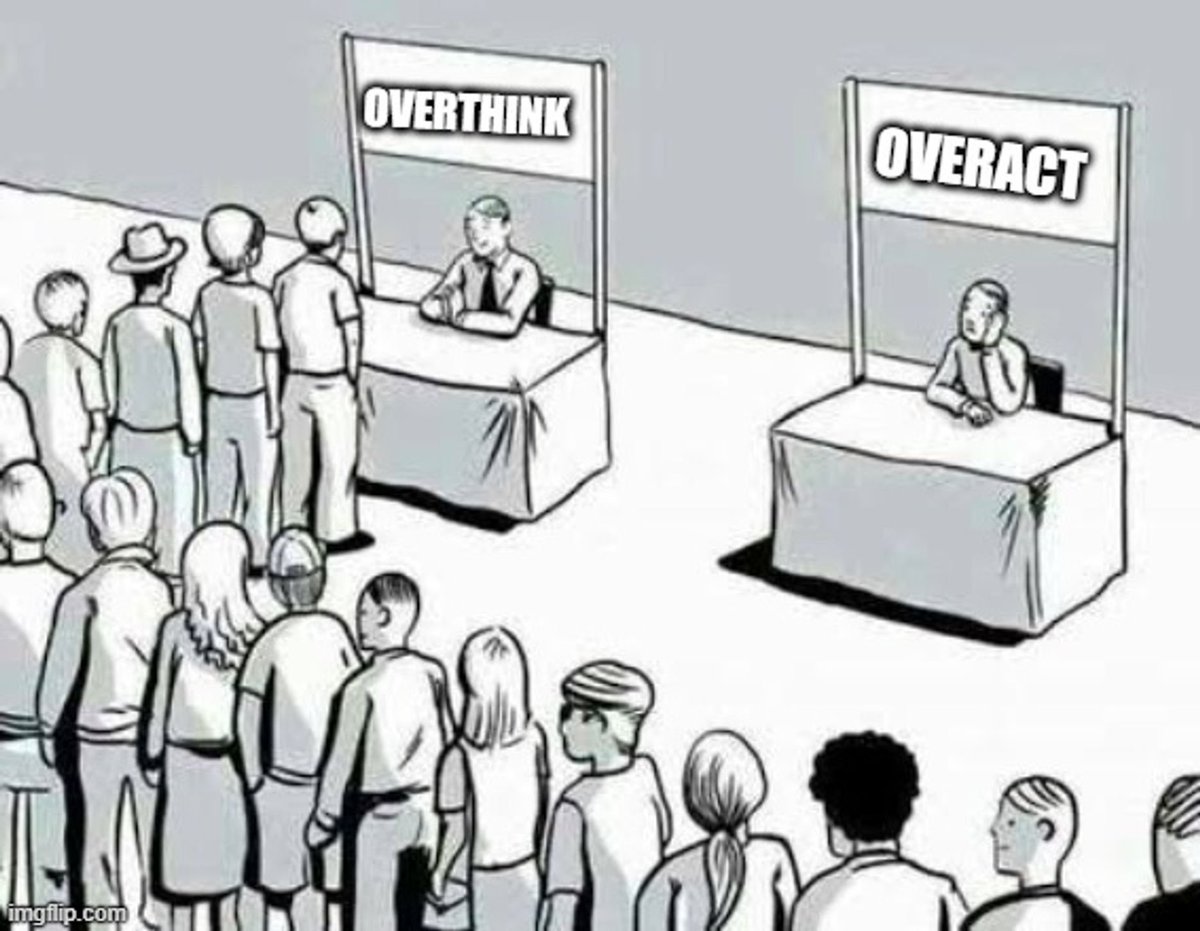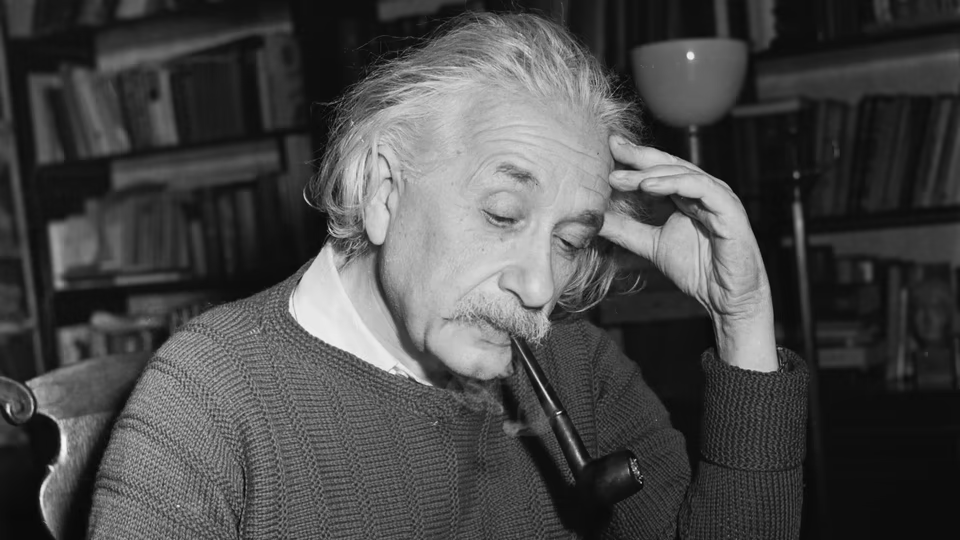This is Leonardo Da Vinci.
He’s the most creative person ever alive.
In the 1480s, he built models of planes and helicopters. 380 years later, the Wright brothers were born.
He left us +7000 pages of journal.
Here are 10 timeless principles to be more creative:
He’s the most creative person ever alive.
In the 1480s, he built models of planes and helicopters. 380 years later, the Wright brothers were born.
He left us +7000 pages of journal.
Here are 10 timeless principles to be more creative:

It’s 1480; Leonardo was 28, and his experience at the Milanese court inspired him to draw the first airplane.
Not only so, he imagined:
• The Ornithopter: A flying machine that flies like a bird or bat with flappable wings.
• The Tank: A circular armored fighting vehicle equipped with cannons.
• Robotic Knight: An automated humanoid robot that can sit, stand, move its head, and lift its visor (Tesla bot but 500 years ago.)
And countless others.
Not only so, he imagined:
• The Ornithopter: A flying machine that flies like a bird or bat with flappable wings.
• The Tank: A circular armored fighting vehicle equipped with cannons.
• Robotic Knight: An automated humanoid robot that can sit, stand, move its head, and lift its visor (Tesla bot but 500 years ago.)
And countless others.

Now, it's not like you can click a few buttons and AI will draw for you.
Back in Leo's day, most of our commodities were barely invented...
• Electricity, bulbs, batteries, and other electrical devices → 19th century.
• Steam engines and industrialized machinery → the 18th century.
• Photographs and motion pictures → the 19th century.
• Computers and digital technologies → the 20th century.
Leo’s imagination and boundless creativity were ahead of his time.
Here’s how he did it:
Back in Leo's day, most of our commodities were barely invented...
• Electricity, bulbs, batteries, and other electrical devices → 19th century.
• Steam engines and industrialized machinery → the 18th century.
• Photographs and motion pictures → the 19th century.
• Computers and digital technologies → the 20th century.
Leo’s imagination and boundless creativity were ahead of his time.
Here’s how he did it:

Be a polymath - Learn multidisciplinary
Leonardo da Vinci, born on April 15th, 1452, was a remarkable Italian polymath of the High Renaissance.
One day he is painting the Mona Lisa, the next day he is designing Ornithopters (Flying Machine)
This is a central idea, and the coming ideas will build on this principle.
Leonardo da Vinci, born on April 15th, 1452, was a remarkable Italian polymath of the High Renaissance.
One day he is painting the Mona Lisa, the next day he is designing Ornithopters (Flying Machine)
This is a central idea, and the coming ideas will build on this principle.
How to learn like Da Vinci
Leo did not get a formal education beyond the basics.
His father recognized his artistic talent and apprenticed him to the noted sculptor and painter in Florence when Leo was 15 - he would stay for the next 10 years.
Along the way he developed his Sfumato art Technique… softening edges while blending colors.
Symbolically, this is how he approaches learning—blurring the lines between disciplines and following his curiosity.
Leo did not get a formal education beyond the basics.
His father recognized his artistic talent and apprenticed him to the noted sculptor and painter in Florence when Leo was 15 - he would stay for the next 10 years.
Along the way he developed his Sfumato art Technique… softening edges while blending colors.
Symbolically, this is how he approaches learning—blurring the lines between disciplines and following his curiosity.
Observer the weird intersections:
Leo was a master observer.
For example, Leo’s flying machines (ornithopters) were inspired by bird wings.
His famous “Vitruvian Man” drawing exemplifies this fusion: precise geometric proportions harmonize with the human form.
Because of having such a diverse knowledge web, when ideas collide, magic happens.
Leo was a master observer.
For example, Leo’s flying machines (ornithopters) were inspired by bird wings.
His famous “Vitruvian Man” drawing exemplifies this fusion: precise geometric proportions harmonize with the human form.
Because of having such a diverse knowledge web, when ideas collide, magic happens.
Reasons by metaphors and analogies:
Example: Leo told the analogy of “The Artist as a Mirror”:
Leonardo believed artists were mirrors reflecting the world.
Like polished glass, they captured light, shadow, and emotion. Their role was not mere replication but revealing deeper truths—analogous to mirrors revealing hidden reflections.
So how does this help you become more creative?
Example: Leo told the analogy of “The Artist as a Mirror”:
Leonardo believed artists were mirrors reflecting the world.
Like polished glass, they captured light, shadow, and emotion. Their role was not mere replication but revealing deeper truths—analogous to mirrors revealing hidden reflections.
So how does this help you become more creative?

Analogy and metaphor open your minds in unexpected ways.
Metaphors allow us to express nonobvious ideas.
By thinking of analogies and evaluating them, you are engaging in higher-order thinking and deepening your understanding.
Metaphors allow us to express nonobvious ideas.
By thinking of analogies and evaluating them, you are engaging in higher-order thinking and deepening your understanding.
Develop a routine for genius work.
Negative space = blank areas surrounding the main artwork.
If life was your artwork,
• Where is the “negative space” in your life?
• How can you introduce pauses into your work?
• What are the unseen contextual factors that may influence you?
Sometimes the secret to more is less.
Negative space = blank areas surrounding the main artwork.
If life was your artwork,
• Where is the “negative space” in your life?
• How can you introduce pauses into your work?
• What are the unseen contextual factors that may influence you?
Sometimes the secret to more is less.
Be immensely curious & intensely absorptive
Here’s a quick story:
In the quiet sanctum of his studio, Leonardo da Vinci dissected a human heart.
His scalpel moved with precision, revealing the intricate chambers and vessels within. But it was the aortic valve that seized his attention—a tiny gateway between life and eternity.
Leonardo wondered: How does this valve function? What purpose does it serve?
His mind raced, fueled by an insatiable hunger for understanding.
Observational Intensity:
Leo’s eyes—keen as a hawk’s—captured every detail. He observed the valve’s delicate flaps, their movement synchronized with the heartbeat.
As he studied the valve, Leo realized that this unassuming structure is the key to allowing blood to flow in one direction, preventing backflow.
Just like that, an analogy emerged: The aortic valve is like a medieval drawbridge, opening for the river of life and closing to thwart any intruders.
This is a prime example of curiosity-driven learning and unrestricted thinking.
Take away: When you have a question/ idea, explore it freely, follow through on the process, and ignore the judgment from the outside.
Here’s a quick story:
In the quiet sanctum of his studio, Leonardo da Vinci dissected a human heart.
His scalpel moved with precision, revealing the intricate chambers and vessels within. But it was the aortic valve that seized his attention—a tiny gateway between life and eternity.
Leonardo wondered: How does this valve function? What purpose does it serve?
His mind raced, fueled by an insatiable hunger for understanding.
Observational Intensity:
Leo’s eyes—keen as a hawk’s—captured every detail. He observed the valve’s delicate flaps, their movement synchronized with the heartbeat.
As he studied the valve, Leo realized that this unassuming structure is the key to allowing blood to flow in one direction, preventing backflow.
Just like that, an analogy emerged: The aortic valve is like a medieval drawbridge, opening for the river of life and closing to thwart any intruders.
This is a prime example of curiosity-driven learning and unrestricted thinking.
Take away: When you have a question/ idea, explore it freely, follow through on the process, and ignore the judgment from the outside.
Procrastinate more?
Leonardo da Vinci famously was very, very bad at actually finishing projects.
Of course, he finished a few, and spectacularly so, but he did not finish many.
To some extent, one could argue that Leonardo's approach was an extreme manifestation of diversity - the pursuit of learning and examining a wide range of subjects simultaneously.
Leonardo da Vinci famously was very, very bad at actually finishing projects.
Of course, he finished a few, and spectacularly so, but he did not finish many.
To some extent, one could argue that Leonardo's approach was an extreme manifestation of diversity - the pursuit of learning and examining a wide range of subjects simultaneously.

It often appeared that he worked on something only for as long as it piqued his curiosity.
This allowed him to explore new ideas constantly, but it also left him with a trail of unfinished work.
This allowed him to explore new ideas constantly, but it also left him with a trail of unfinished work.
Create an environment to nurture creativity
Leonardo always looks at everything, from anatomy to fetuses in the womb, exploring different ways we approach art.
He refuses to accept received wisdom without questioning it first.
Like Einstein said: “Imagination is more important than knowledge. Knowledge is limited. Imagination encircles the world.”
Leonardo always looks at everything, from anatomy to fetuses in the womb, exploring different ways we approach art.
He refuses to accept received wisdom without questioning it first.
Like Einstein said: “Imagination is more important than knowledge. Knowledge is limited. Imagination encircles the world.”
Keep a private journal and jot down your notes.
when Walter Isaacson looked at great creative geniuses, such as Leo, Einstein, Franklin, or Steve Jobs, they always found a way to think outside the box.
Keeping a journal helps facilitate this thinking and use this as a safe space to explore your thinking.
when Walter Isaacson looked at great creative geniuses, such as Leo, Einstein, Franklin, or Steve Jobs, they always found a way to think outside the box.
Keeping a journal helps facilitate this thinking and use this as a safe space to explore your thinking.
Learn Patience.
Leonardo worked on the Mona Lisa over a span of 16 years.
Year 1 (1503): Setting the stage, clarify the vision.
Year 2 (1504): Focus on the face to create soft, sculptural features.
Year 3 (1505): Focus on the Harmony with Nature and the trademark enigmatic smile:
Years 4-16 (1506-1519): Continued Refinement: Leonardo refines it over the years, adjusting details.
Today, the Mona Lisa is the most famous and well-respected piece of art in existence.
Everyone can become good, but few will ever be great.
Will you?
Leonardo worked on the Mona Lisa over a span of 16 years.
Year 1 (1503): Setting the stage, clarify the vision.
Year 2 (1504): Focus on the face to create soft, sculptural features.
Year 3 (1505): Focus on the Harmony with Nature and the trademark enigmatic smile:
Years 4-16 (1506-1519): Continued Refinement: Leonardo refines it over the years, adjusting details.
Today, the Mona Lisa is the most famous and well-respected piece of art in existence.
Everyone can become good, but few will ever be great.
Will you?
That’s a wrap!
If you want more content like these on learning science, self improvement and the creator economy, follow @cajunkoi.
Please let me know what you think about Da Vinci, did I miss any key details about him?
If you want more content like these on learning science, self improvement and the creator economy, follow @cajunkoi.
Please let me know what you think about Da Vinci, did I miss any key details about him?

References - not exclusive:
inc.com/christina-desm…
designorate.com/da-vincis-crea…
nationalgeographic.com/premium/articl…
lentoagency.com/insights/what-…
nationalgeographic.com/history/articl…
inc.com/christina-desm…
designorate.com/da-vincis-crea…
nationalgeographic.com/premium/articl…
lentoagency.com/insights/what-…
nationalgeographic.com/history/articl…
• • •
Missing some Tweet in this thread? You can try to
force a refresh














